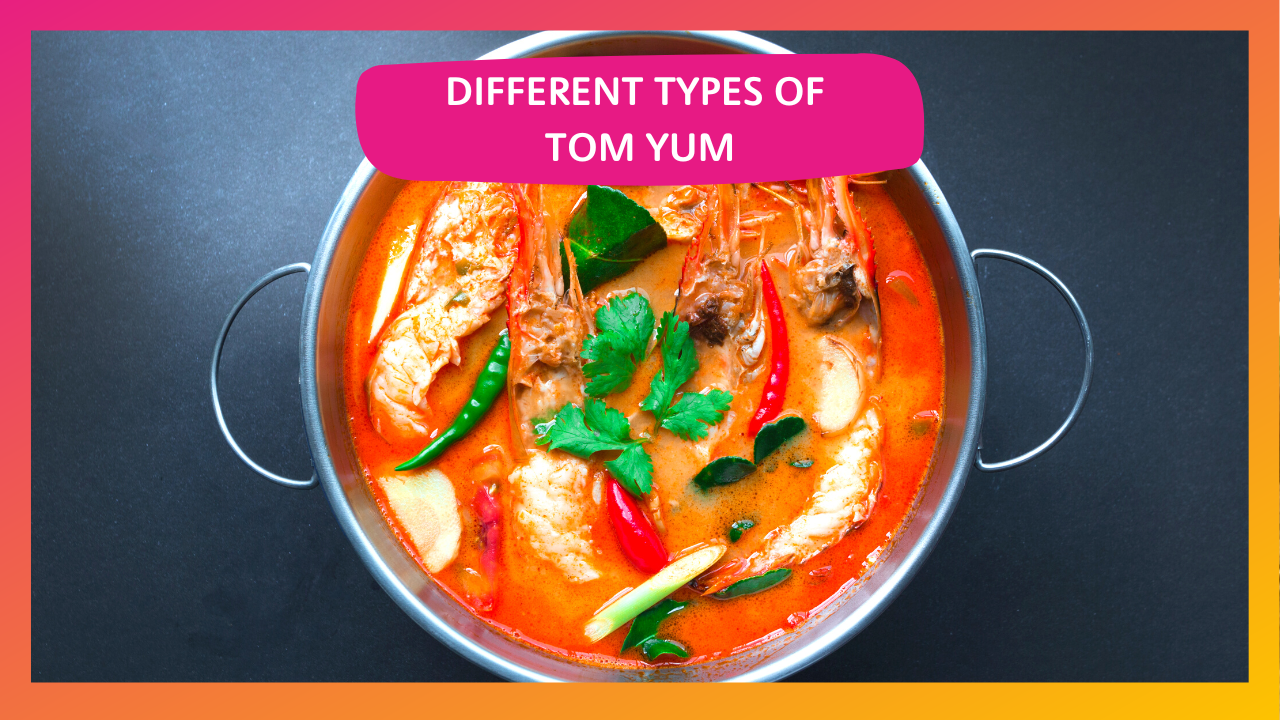Tom Yum is a hot and sour Thai soup that is lauded for its unique blend of bold and vibrant flavours. It is a classic Thai dish and a must-have for many tourists who visit Thailand.
Tom is the Thai word for the boiling process and Yum refers to mixing ingredients to achieve a balanced combination of sweet, sour, salty and spicy notes. This world-famous soup is infused with these key ingredients – lemongrass, galangal and kaffir lime leaves for fragrance, chillies for spiciness, lime juice for sourness, palm sugar for sweetness and fish sauce for saltiness. It is such a staple dish for the locals that the fresh herbs, chillies and limes are bundled up for sale in wet markets and supermarkets so that one can simply whip up the dish conveniently in minutes.

The most popular version of Tom Yum would be the one made with prawns, called Tom Yum Kung, Kung being the Thai name for prawns. It is so widely enjoyed that Tom Yum Kung made it to the 8th place in CNN Travel’s list of World’s 50 Best Foods.

There are two different types of Tom Yum soup. The original Tom Yum is a clear soup called Tom Yum Nam Sai. The later version, which is commonly seen and widely adored, is a vibrant-coloured, richer and creamier soup called Tom Yum Nam Khon as it has roasted chilli paste, evaporated milk or coconut cream added to it.

Aside from prawns, Tom Yum soup can be made with different proteins such as chicken, fish, pork and beef. It can even be a vegetarian soup with mushrooms in it. The dish is usually eaten with rice, accompanied by a variety of side dishes.



As you can see, Tom Yum is not only a soup full of unique character, it also comes in so many variations that one cannot get enough of.
With our introduction to different types of Tom Yum, we hope you have been inspired to visit Thailand. For more recommendations on what to do around Thailand, visit https://tourismthailand.sg/ or follow us on Facebook and Instagram.


